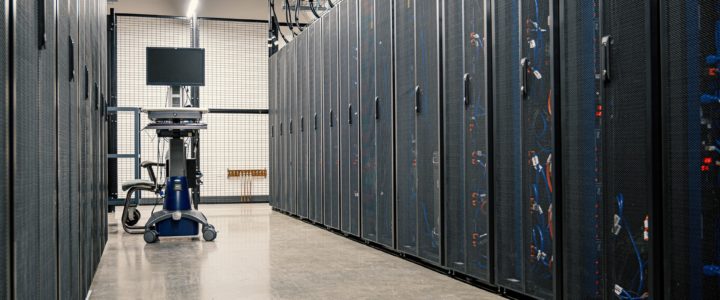
New technologies that rely on data are increasing the energy footprint of our technologically advancing society. The storage of Data is the topic of many discussions about privacy, but should we also be considering the energy wasted associated with storing information?
The energy required to manufacture and power storage drives is significant, and increases further as we consider cooling them. Data centers in the US are expected to consume 73 Billion kWh by 2020. This is a high estimated value that may be reduced with improving technologies, transitioning from hard disk drives (HDD) to solid state drives (SSD) which use less energy, and improvements to use larger centralized data centers.
Both Google and Apple are running 100% renewable sourced energy at their data centers, with the latter at 96% renewable at other facilities. This is a significant move to ensure they are helping to protect our future. We need this to continue into the rest of their interests like manufacturing to ensure their digital energy consumption footprint becomes minimum.

When should data be considered “waste” and should there be a limit to how long information can sit untouched on a server? The storage space can then be reallocated to current data, and as such, a form of recycling will occur. If large companies limit the storage space of our email and drives, should they also be required to limit the amount of data they’re allowed to store about us?
The transition to email from traditional postal services has reduced energy consumption but other unforeseen factors have changed the perceived benefits. A report from McAfee indicates that the energy consumed in transmitting and deleting spam is equivalent to the electricity used in 2.4 million U.S. homes, with greenhouse gas (GHG) emissions equivalent to 3.1 million passenger cars.
Most of the solutions to reducing the energy consumption associated with data will involve hardware, but consideration also needs to be applied to the design of software. A challenge for modern developers is to produce software that is run efficiently, and as such, reducing the wasted energy of the CPU. Software developers face a constant challenge to optimize software each time the hardware is upgraded. The hardware and software developers need to form a symbiotic relationship in order to keep the energy consumption to a minimum.
We previously mentioned the small life cycle of new technologies, which is also relevant to data center infrastructure. While replacing storage drives with more efficient drives to store the data, consideration should be given to the life cycle of the drives being replaced. Producing storage devices has the highest energy consumption of all manufactured goods and we need to make sure that the service life is sufficient in length to ensure we do not eradicate the advantages of a more efficient replacement.
Our shifting focus towards the environment should also include awareness of the increase in energy consumption as our digital footprint expands. Once we understand the energy consumption of new technologies, we can begin to ensure that our advancements aren’t to the detriment of the environment.


